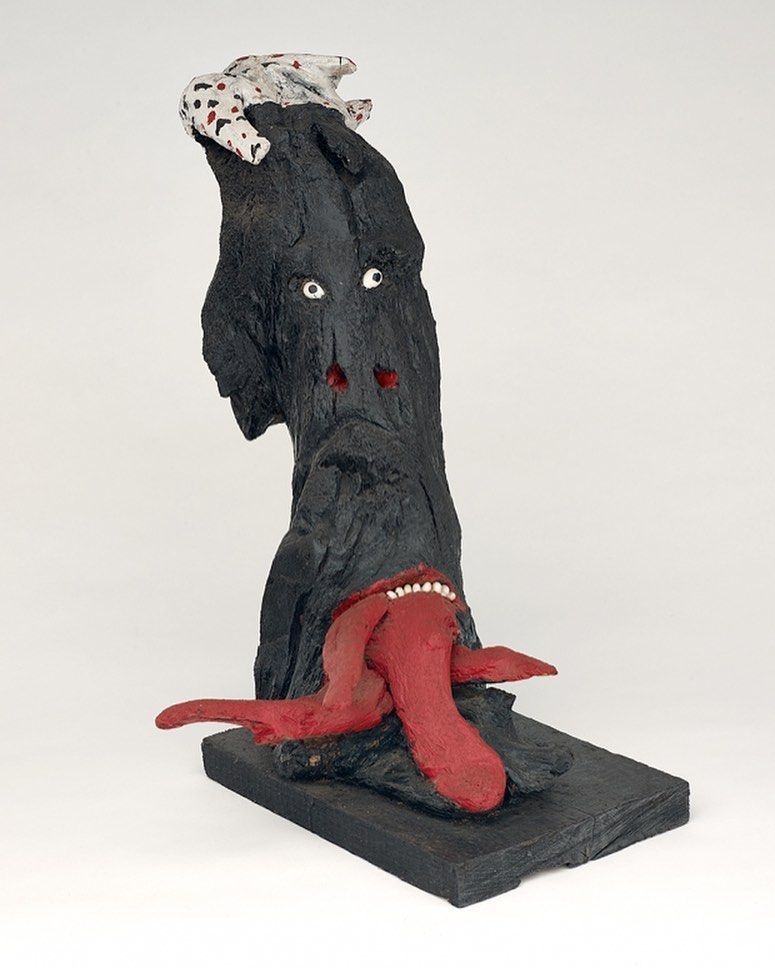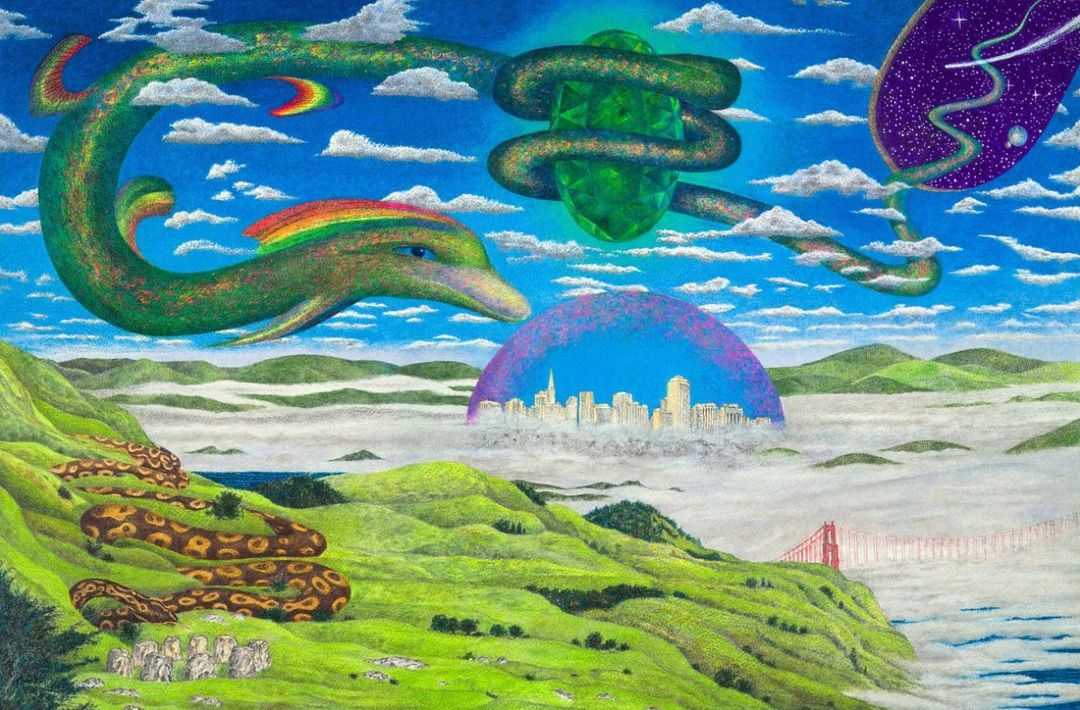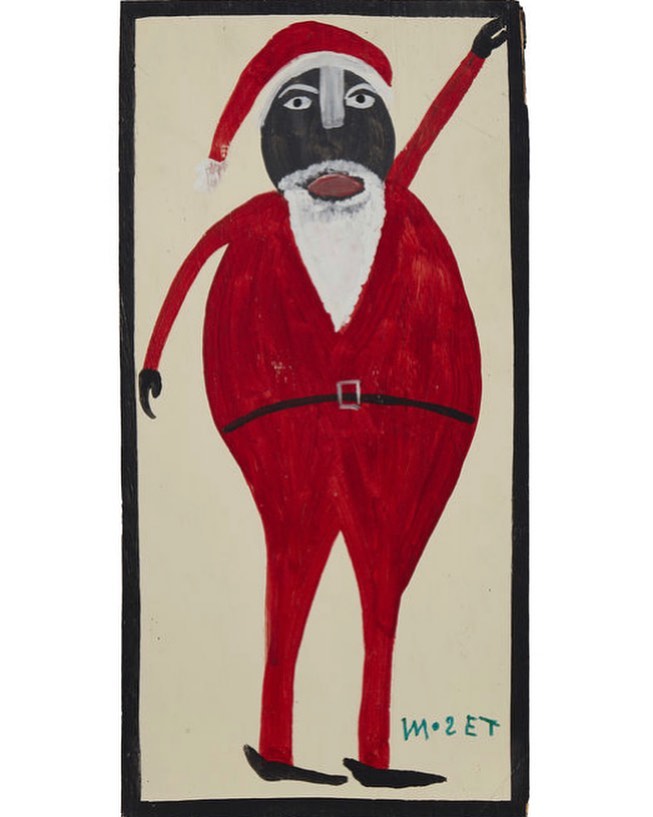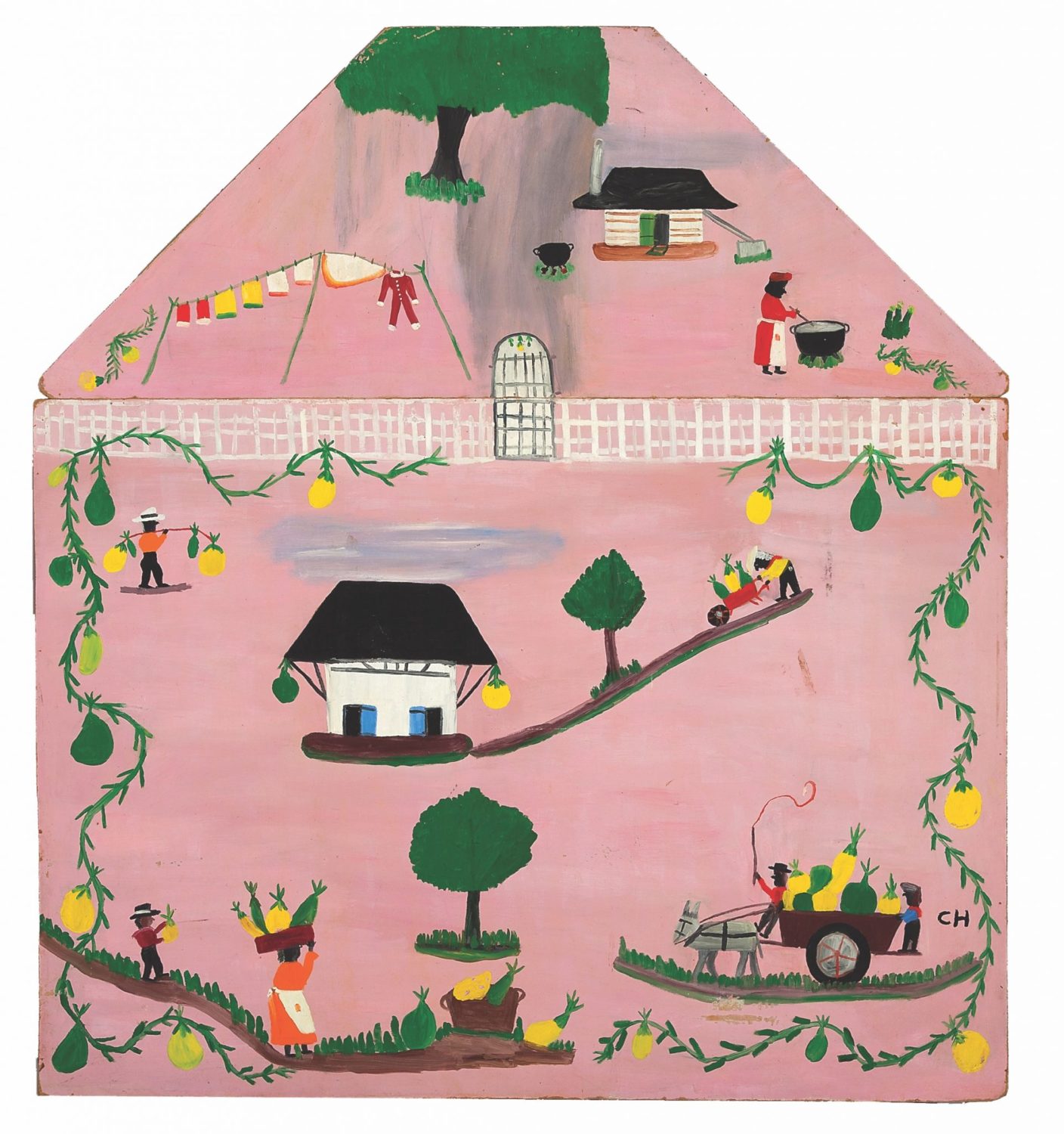The Instagram Account Celebrating The Brilliance Of Outsider Art
By Something CuratedThe term “Outsider Art” is widely accredited to British writer and lecturer Roger Cardinal, who coined the phrase in his seminal book of the same title published in 1972. It was later utilised by gallerist and collector Victor Musgrave who worked closely with Cardinal to curate an exhibition at the Hayward Gallery in 1979, by which time the term was already relatively popular. Outsider Art includes individuals who are not a part of a recognised school or movement, who are chiefly self-taught, have little or no knowledge of other art or artists and are expert in unpacking their own psyche. The Surrealists were among the earliest admirers of such artists, but it was the French artist Jean Dubuffet who first outlined the criteria for what he dubbed Art Brut in 1945: “an art without precedent.”

Dubuffet characterised Art Brut as: “Those works created from solitude and from pure and authentic creative impulses – where the worries of competition, acclaim and social promotion do not interfere – are, because of these very facts, more precious than the productions of professionals. After a certain familiarity with these flourishings of an exalted feverishness, lived so fully and so intensely by their authors, we cannot avoid the feeling that in relation to these works, cultural art in its entirety appears to be the game of a futile society, a fallacious parade.”

Celebrating the compelling appeal of outsider art, Instagram account Unquiet Minds, curated by scholar and designer Adam G. Oestreich, spotlights the brilliant and diverse practices of self-taught artists from across the world. Recent posts include the work of author and artist Timothy Wyllie, who, in the late 70s, began a systematic exploration of out-of-body states which led to experiments in telepathic communication with dolphins and various nonphysical beings. He worked productively on a series of drawings of sacred landscapes, highlighted by Oestreich, as well as creating music, recording several tapes of what he called Bozon Music, “a True Age improvisational jazz, shamanic music of the heart”, alongside a number of visualisation and meditation guides.

Keep scrolling to discover Alabama-born artist Mose Tolliver’s splendid Black Santa; his subjects, which range from fanciful birds and baskets of fruit to comically erotic women and men, are distinctively rendered with pure, flat planes of house paint on plywood boards and other discarded objects. Tolliver, who signed his works MOƧET, was one of twelve children born to sharecroppers around 1924. With a third-grade education, he worked odd jobs to support his family, including truck farming and landscaping. He was employed as a sweeper at a furniture factory in the late 60s when a crate of marble fell from a forklift and crushed his legs, subsequently rendering him unable to walk without assistance. After a period of depression and drinking, Mose was encouraged to try his hand at painting, which soon became his sedulous craft.

Elsewhere on Unquiet Minds, admire works by Austrian artist Fritz Opitz, whose paintings were characterised by a stylised border, typically with edelweiss flowers in the corners and other blooms along the sides, as well as decorative text. Because of his susceptibility to epileptic attacks, Opitz was never professionally employed. He was already drawing and painting before his admission to the psychiatric hospital at Gugging and spent the last six years of his life in the House of Artists. He had learned to draw at school and continued to do so prolifically as an adult. He started by producing pencil drawings, often using templates, then painting over these with opaque colours, and finally using ink to draw in the outlines. In 1970 works by Opitz were included in the first exhibition of Gugging artists at Galerie nächst St. Stephan in Vienna, titled ‘Pareidolias’. Today, his work can be seen in the Graphic Arts collection of Vienna’s Albertina Museum, and in the Lentos Kunstmuseum in Linz.

Another of the feed’s highlights comes courtesy of self-taught artist Clementine Hunter. Hunter lived and worked most of her life on the Melrose cotton plantation near Natchitoches, Louisiana. She did not start painting until the 1940s when she was already a grandmother. Her first painting, executed on a window shade using paints left behind by a plantation visitor, depicts a baptism in Cane River. Hunter painted at night, after working all day in the plantation house. She used whatever surfaces she could find, drawing and painting on canvas, wood, gourds, paper, snuff boxes, wine bottles, iron pots, cutting boards, and plastic milk jugs. Working from memory, Hunter recorded everyday life in and around the plantation, from work in the cotton fields to baptisms and funerals. She rendered her figures, usually Black, in expressionless profile and disregarded formal perspective and scale.
Feature image: Clementine Hunter, Funeral Procession | Images via Unquiet Minds